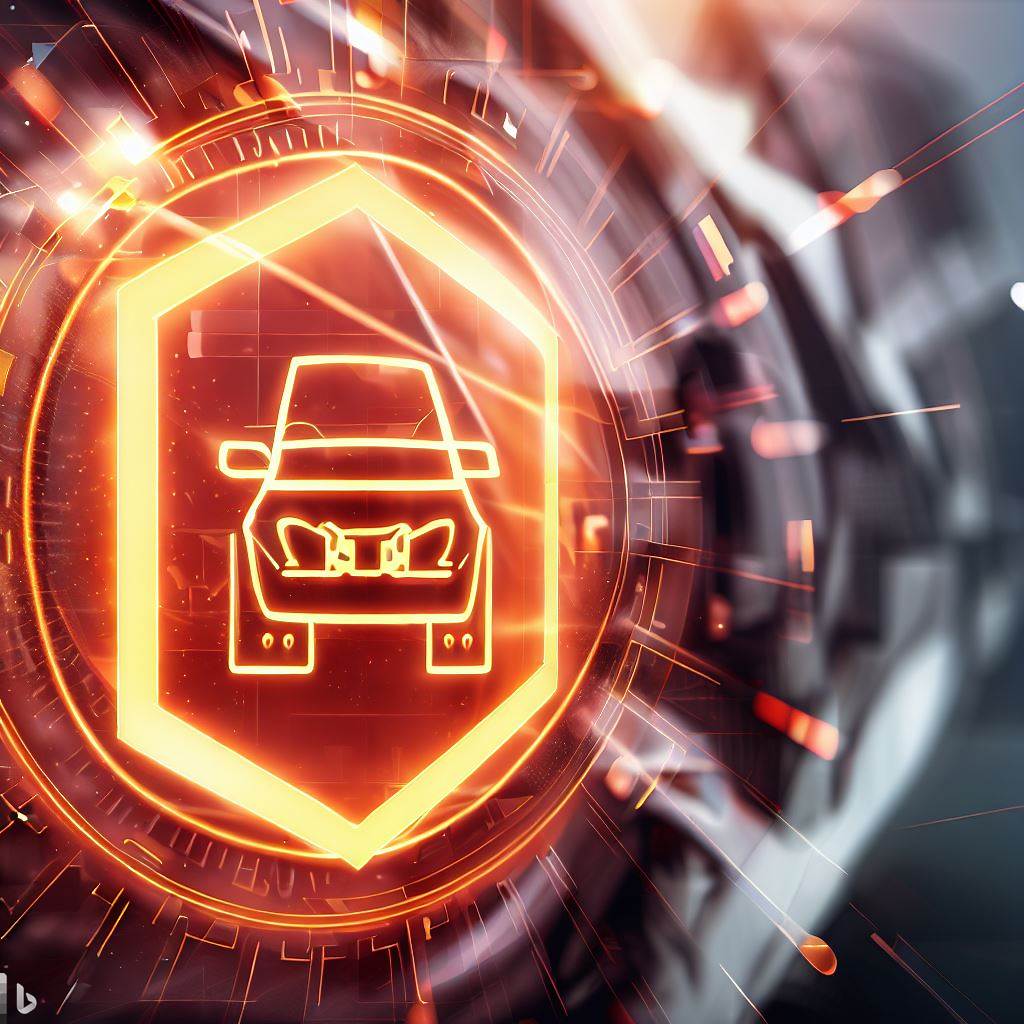
Safety Development
Our customer
One of the largest commercial vehicles, Daimler Truck officially became a standalone group in 2019. Since then, DT AG has been continuously innovating and improving driving & road safety.
Since the group is massively developing the autonomous driving technology for commercial vehicles, the company’s newest truck, Mercedes Benz Actros, features Level 2 automation, which translates in acceleration, braking and steering wheel control in specific situations.
Steering Wheel Sensor Use Case
Together with DT, we have worked on developing the next generation steering wheel sensor system, that is designed to improve the safety and driving efficiency of commercial vehicles. The as known “Steering Wheel Angle Sensor” is used to accurately detect the position of the steering wheel and provide input data to the vehicle’s main ECU.
The input data received by the ECU, is crucial in determining or adjusting various systems in the vehicle, such as power steering and stability control, for a better handling and drivability.
As a crucial safety feature, the Steering Wheel Angle Sensor can help prevent accidents caused by oversteering or understeering, by providing accurate feedback on the steering wheel position, regardless of the driving conditions.
Not only is it an important safety feature, but the Steering Wheel Sensor can also help improve the efficiency of commercial vehicles, not only trucks. By providing more precise steering control, the system can help reduce fuel consumption and increase the lifespan of tires.
Bottom line, the Daimler Truck Steering Wheel Angle Sensor is a truly innovative technology that proves the automotive industry’s rapid development of advanced safety and efficiency features for commercial vehicles.
JSD’s mission
JSD team played an important role in developing the SW solutions for Daimler Truck’s Steering Wheel Angle Sensor on both SW Engineering and SW Requirements Engineering.
Regarding SW implementation, JSD provided professional support in fields such as AUTOSAR SW implementation, SW Architecture Definition, Diagnostics & DTCs integration. SW Team Leading was handled by JSD, also.
On SW Requirements Engineering, JSD team was fully committed and leading this ASPICE activity on customer requirements elicitation, customer documents and standards evaluation, SW requirements definition, SW Test Cases analysis and System Requirements review.
Overcame challenges
Overall, the automotive software industry faces several challenges that require careful attention and expertise. JSD developers have proven themselves mindful of these challenges and they constantly work to overcome them to ensure that the software they develop is safe, secure and fully reliable.
During the development phase of the Steering Wheel Angle Sensor for Daimler, JSD team faced multiple challenges, but all of them ended in a real success, such as:
- SW Regulations: the industry is subject to various regulations, particularly in the safety area. Our team ensured that the SW complies with all these constantly changing regulations.
- Testing: testing the automotive SW is a significant challenge, especially when dealing with real-world potentially dangerous scenarios such as steering wheel failure; therefore, ensuring that SW is maturely and thoroughly tested was a critical task for JSD SW team.
- Integration: our SW needed to be integrated with other Daimler HW and SW components, some of them from other suppliers, therefore we spent a considerable amount of time in identifying the right integration solutions, compliant with the required ASPICE level.
Which Value did JSD Bring & Project Targets
During the product development phase, JSD team achieved and delivered the following for DT Steering Wheel Angle Sensor SW:
- the targeted ASPICE levels for every assessment and not only that, but members of the team provided ASPICE coaching, based on their vast and deep automotive experience;
- complete SW releases delivered as scheduled with Daimler, with no delays caused along the way;
- full SW Requirements elicitation & definition;
- SW development coaching and onboarding for the new colleagues;
- Direct interface with Daimler and constant participation in customer meetings;
- Diagnostic Services implementation proposal and integration ideas in the overall Daimler eco-system;
- Bugfixing and issue management both with the customer and SW/SYS testing teams;
- AGILE way of working and keeping Scrum ceremonies in place;
- Git repo management;
- Fully independent team, with a strong work culture in place, well aware of the development cycles and task management.